The Common dandelion (Taraxacum officinale) was the most observed species — globally — in this year’s iNaturalist/City Nature Challenge. How cool is that?!
— 246 cities in 40 countries joined the annual event — 12 more countries participated than in 2019.
Who doesn’t love a dandelion? Every kid’s first delight as soon as they’re let loose to run outdoors. Dandelion — picked by the thousands and presented to moms all over the world.
I’ve loved dandelions for as long as I can remember. As much as I love them, I’ve never written a poem, ditty, jingle, Haiku or verse about dandelions, but I knew who would have! Our favorite sister chapter’s 2nd Vice President, many-times published, Poet Elizabeth Perdomo, South Texas Border Chapter of the Texas Master Naturalists.
She’d written about dandelions nearly one year to the day of my request.
Wild Edges By Elizabeth Perdomo Give me wild places, unfettered waters, unkempt patches, wild edges. Unmowed meadows & dandelion dotted lawns; better yet, front yard wildflowers teaming with bright winged life. No lifeless trimmed & sprayed hedge symmetry. Rather, life-filled hedgerows, tangled preserves, secret conserves, hidden reserves. Green forests still alive with brilliant shadowed silence; soft breezes which whisper important things which should & must be heard. 7 May 2019 – Pharr, Texas
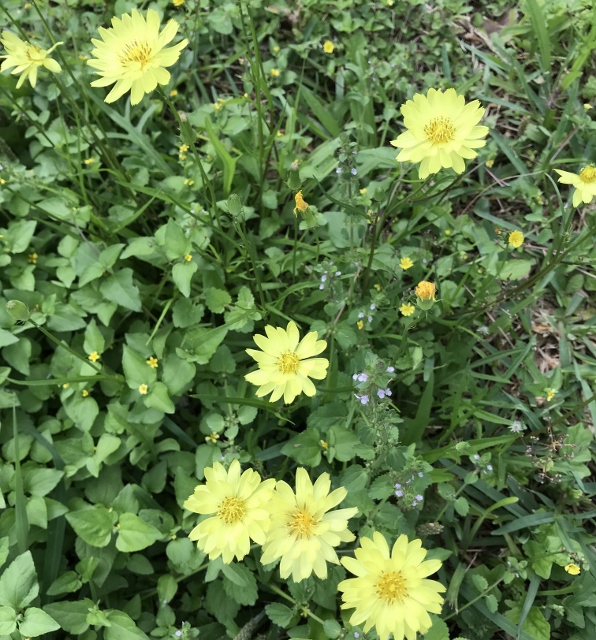
The common dandelion (Taraxacum officinale) is not native to the Valley, but our favorite reference book has an entry for it on page 128. Alfred Richardson & Ken King, “Plants of Deep South Texas.” The comment says that Ken King found a population in McAllen, and it was still thriving at the book’s publication date.
The Valley does claim a native dandelion, false dandelion (Pyrrhopappus pauciflorus), page 120, PDST. I always make sure I upload a photo of this species during a City Nature Challenge.
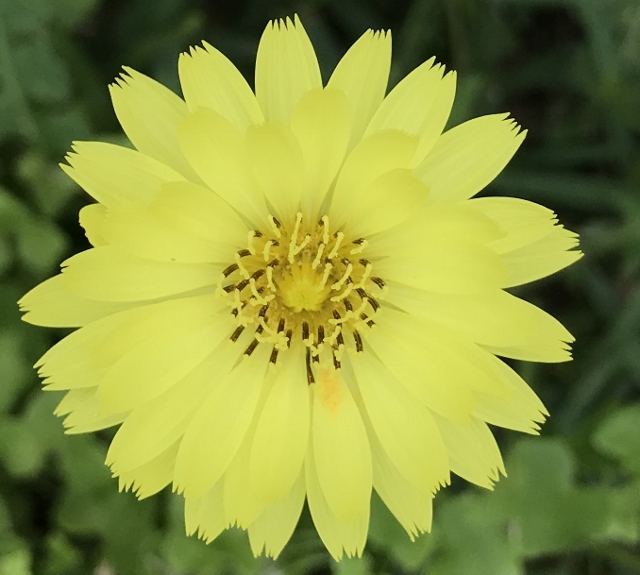
If you followed news about the 2020 City Nature Challenge, you know that the focus was different this year because of the world situation with the COVID-19 virus pandemic.
Instead of a friendly challenge among cities all over the world, each participant was to follow local cautions, to document species primarily on each observer’s land or to photograph species in a manner that kept people safe. Participants were urged to join a “collaborative spirit of people around the world connecting to their local nature in whatever way they could,” according to the challenge organizers.
Locally, those rules were met, but not without some noticeable differences. For instance, I missed the buddy system with fellow TMN friends, going for a beach day, and the camaraderie of a leisurely Island lunch. Instead, I walked the country roads for a couple of miles either direction from our property, and a quarter mile along the adjacent farm path, photographing the forested bank of the resaca.
What was different canvassing the mile roadsides, though, was the absence of irrigation canals. As the irrigation district applies measures to retard water evaporation, they are burying large pipes to store and carry water. In that regard, that’s a good thing. For someone who observed and photographed the flora and fauna along those water-filled ditches, removing that opportunity was a big loss.
I mentioned that loss in an e-mail to a fellow Texas Master Naturalist and City Nature Challenge advocate, who wrote back about his self-isolation routine — a routine where irrigation canals play a great part in this birder/photographer’s new daily circuit and safe social distancing regimen.
Chuck Cornell, Rio Grande Valley Chapter Texas Master Naturalist, member of the Thursday Morning Ramsey Park Ebony Loop Volunteer Team, hawk-banding assistant to Bill Clark, and new class videographer, has allowed me to share his reflections:
“I’m north of Rio Hondo and about a mile from the (Arroyo Colorado) river. I have fields adjoining my property, so I walk the irrigation canals quite a bit. There’s a variety of things to see. I’ve been putting in 12 – 15 miles a week. I can go five to six miles at a time and never get near a house or people.
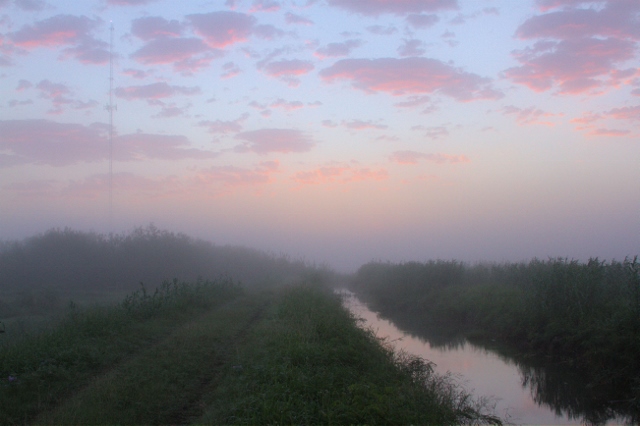
“I love the irrigation canals. They are an ecosystem unto themselves and provide habitat for untold number of plants, animals and birds. We have a whole inter-connected string of them here and I have come to know all of them in the immediate area surrounding us.
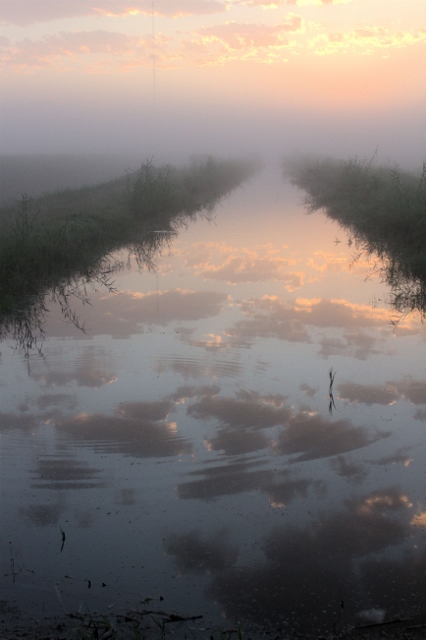
“There are yearlong residents and occasional visitors that add to my walks. I know where I will find egrets, little blue heron, green heron, cormorants, kites, vultures, hawks, ibis, and kingfishers. Then there are the visitors like stilts, sandpipers and others. I once saw an anhinga; it seemed out of place, but there you go.
“I see diamondback water snakes, indigo snakes and, of course, diverse lizards. When the farmers are irrigating, we get things we don’t normally see, like black-bellied whistling ducks that roost in the trees in the backyard.
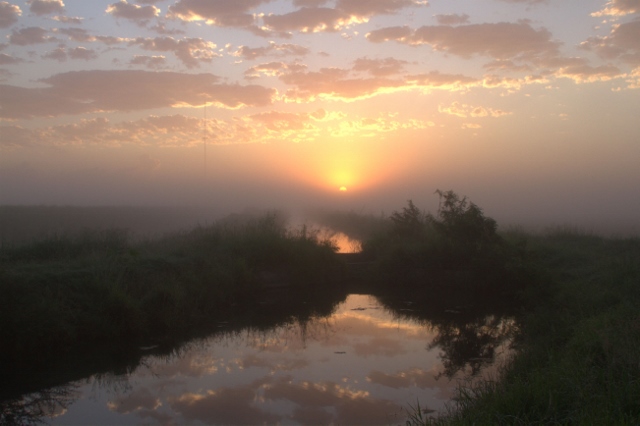
“Another thing I absolutely love is the “sometimes” ponds that appear after a good rainstorm or, better yet, when they flood a hay field. This year again, they flooded the hay field at the end of our road just in time for the Nature Challenge. I saw a couple of birds I never even knew the name of before, let alone had seen. They were a stilt sandpiper and Hudsonian godwit. They were cruising the field along with Wilson’s phalarope, lesser yellowlegs, black-necked stilts, cattle egrets.”
The irrigation canals have been a part of the Valley landscape for a long time, Chuck noted. A vault at the front of his property, that is filled with water when the across the way field gets irrigated, has a 1935 penny embedded in the concrete.
As the canals get converted, wildlife fortunately is not destroyed. One area’s loss (of water birds) is another’s gain. Our water is a precious resource.
In other news, check out the City Nature Challenge Leaderboard.
https://www.inaturalist.org/projects/city-nature-challenge-2020
Not that the recent City Nature Challenge was a competition, of course, but if you count down, the Lower Rio Grande Valley came in at number 30 in Most Observations, and 21 in Most Species. Just saying . . . !

Leave a Reply